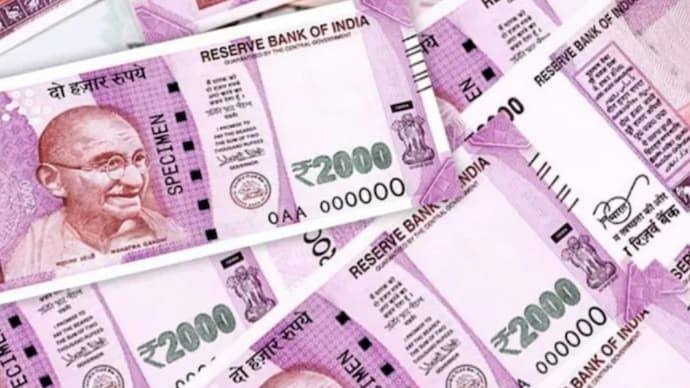In a recent announcement, the Reserve Bank of India (RBI) has declared the withdrawal of Rs 2,000 denomination banknotes from circulation. However, the existing notes will remain legal tender until further notice. The RBI’s decision aims to streamline currency management and promote the usage of other denominations in daily transactions. With this move, the RBI seeks to maintain a clean note policy, ensuring the circulation of high-quality currency with enhanced security features.
The Background of Rs 2,000 Notes
The Rs 2,000 note was introduced in November 2016 as a response to the demonetization exercise that saw the withdrawal of Rs 500 and Rs 1,000 notes. The primary objective behind introducing these higher denomination notes was to meet the economy’s immediate currency demand. However, the printing of Rs 2,000 notes was halted in 2018-19 as an adequate supply of other denominations became available.
The Reason for Withdrawal
With the majority of Rs 2,000 notes being issued before March 2017, these banknotes have reached their estimated lifespan of 4-5 years. As a result, the RBI has decided to withdraw them from circulation. Furthermore, the usage of the Rs 2,000 denomination has significantly reduced over time, with other denominations effectively fulfilling the currency requirements of the economy.
Continuing Legal Tender Status
Although the RBI has withdrawn the Rs 2,000 banknotes from circulation, they will continue to be legal tender until further notice. Individuals can use these notes for transactions and receive them as payment. However, the RBI encourages the public to deposit or exchange their Rs 2,000 banknotes on or before September 30, 2023.
What to Do with Rs 2,000 Notes
To facilitate the withdrawal process, the RBI advises individuals to approach bank branches for depositing or exchanging their Rs 2,000 banknotes. Banks will provide these services until September 30, 2023. Additionally, 19 RBI Regional Offices with Issue Departments will offer exchange facilities during this period.
Limits on Exchanging or Depositing Money
When exchanging Rs 2,000 banknotes, there is a limit of Rs 20,000 per transaction. Non-account holders can also exchange Rs 2,000 notes up to this limit at any bank branch. Business correspondents can facilitate exchanges up to Rs 4,000 per day for account holders. Deposits into bank accounts do not have any restrictions, but individuals must comply with Know Your Customer (KYC) norms and other applicable statutory or regulatory requirements.
Commencement of Exchanges
From May 23 onwards, individuals can approach bank branches or RBI Regional Offices to exchange their Rs 2,000 notes. The RBI has provided this timeframe to allow banks to make necessary preparations.
Dealing with Large Amounts of Rs 2,000 Notes
While technically possible, seeking multiple exchanges in packets of Rs 20,000 at a time may attract the attention of enforcement agencies and the Income-tax Department. Individuals holding significant sums of money in Rs 2,000 notes may face difficulties in exchanging their money.
Avoiding Chaos and Long Queues
Unlike the demonetization chaos of 2016, it is unlikely that bank branches will witness similar scenes this time. The discontinuation of printing Rs 2,000 notes in 2018-19 and the gradual reduction in their circulation have led to their decreased presence among the public. Furthermore, the announcement of the withdrawal well in advance allows banks and the public sufficient time to prepare.
Current Circulation Value of Rs 2,000 Notes
As of March 31, 2023, approximately 89% of the Rs 2,000 denomination banknotes issued before March 2017 have been withdrawn from circulation. The total value of these banknotes has decreased from its peak of Rs 6.73 lakh crore (37.3% of notes in circulation) to Rs 3.62 lakh crore, constituting only 10.8% of notes in circulation.
Steps for Banks to Take
The RBI has directed all banks to cease issuing Rs 2,000 denomination banknotes immediately and reconfigure their ATMs and cash recyclers accordingly. This action will ensure that the withdrawal process is effectively implemented and that other denominations become the focus of currency distribution.
As the RBI implements the withdrawal of Rs 2,000 banknotes, it aims to streamline currency management and encourage the circulation of other denominations. The public is advised to cooperate with the RBI’s directives and make timely deposits or exchanges to ensure a smooth transition.



 For all latest articles, follow on Google News
For all latest articles, follow on Google News